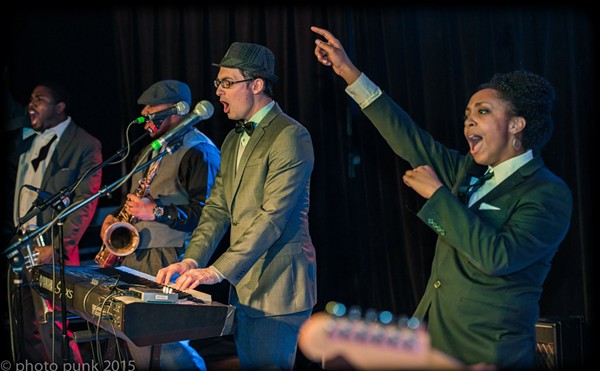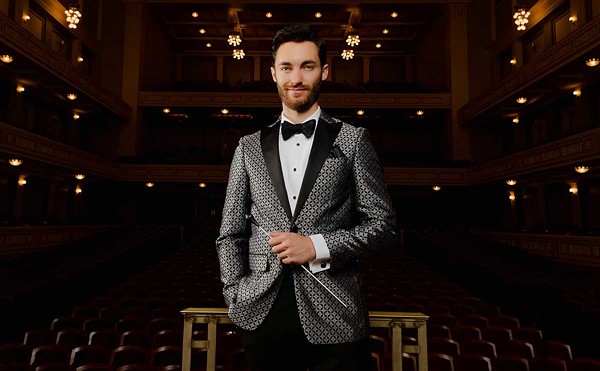This addition to Cage’s discography is a welcome, if mixed, blessing. Recorded by the American Composers Orchestra under the direction of Dennis Russell Davies, The Seasons offers three important midcentury works and two versions of his final orchestral work.
In the title piece (1947), Cage employs the resources of a full orchestra for the first time, although he uses it to musically unconventional (if programmatic) ends. Composed as a gamut of “considered improvisations,” this “ballet in one act” is structurally cellular, rhythmically discrete and harmonically closer, as Keith Potter has noted, to Stravinsky than to Satie.
“Suite for Toy Piano” (1948) is a brief but compelling essay on the virtues of constraint, in this case the extremely limited tonal vocabulary of a toy. Of the two versions presented here, the original solo version, performed by Margaret Leng Tan, is impeccable. Tan is among the foremost interpreters of Cage’s keyboard music and her lucid, relentlessly percussive reading is perfectly suited to both the score and the composer’s inveterately “anti-pianistic” approach to the instrument. The orchestral version, on the other hand, finds Lou Harrison juicing the original beyond recognition. Imagine a gym full of toy instruments on steroids. Hence, it’s much less an orchestration of Cage’s score than a Harrison composition based on a rather fanciful reading of Cage.
“Concerto for Prepared Piano and Chamber Orchestra” (1951) finds Cage approaching (and, in the third movement, first employing) his now-legendary strategy of chance-derived procedures to produce nonintentional structures of sound as sound. Tan’s performance is superb throughout and, as on all these midcentury pieces, the orchestra’s playing is remarkably assured, exhibiting dynamic flexibility and mostly rapt attention to tonal and sonic nuances.
It is, then, something of surprise to find oneself vaguely disappointed by the two versions of “Seventy-Four” (1992), especially since it was written expressly for the ACO. Perhaps, insofar as Cage provided radically minimal (hence, exceedingly generous) directions for the performers, it may be that an orchestra (even one devoted to contemporary works) can’t help sounding like “an orchestra.”
Improvisation, after all, is not spontaneous generation; it is the context-determined recombination of previously encoded possibilities.
“Version I” is a careful, rather tentative affair that recalls the “shiftlessness” of late minimalism far more than the “aimlessness” that Cage, as a Buddhist, would recognize. “Version II,” though apparently more engaged with the materials, also (and mistakenly) seems to locate Cage in an overly attenuated repertoire.
That said, the work from 1947-51 is well worth having. Whether you’re new to Cage’s music or a devoted listener, the clarity of his “impossible silences” will delight your inner ear.
Ted Pearson writes about music for Metro Times. E-mail [email protected].





